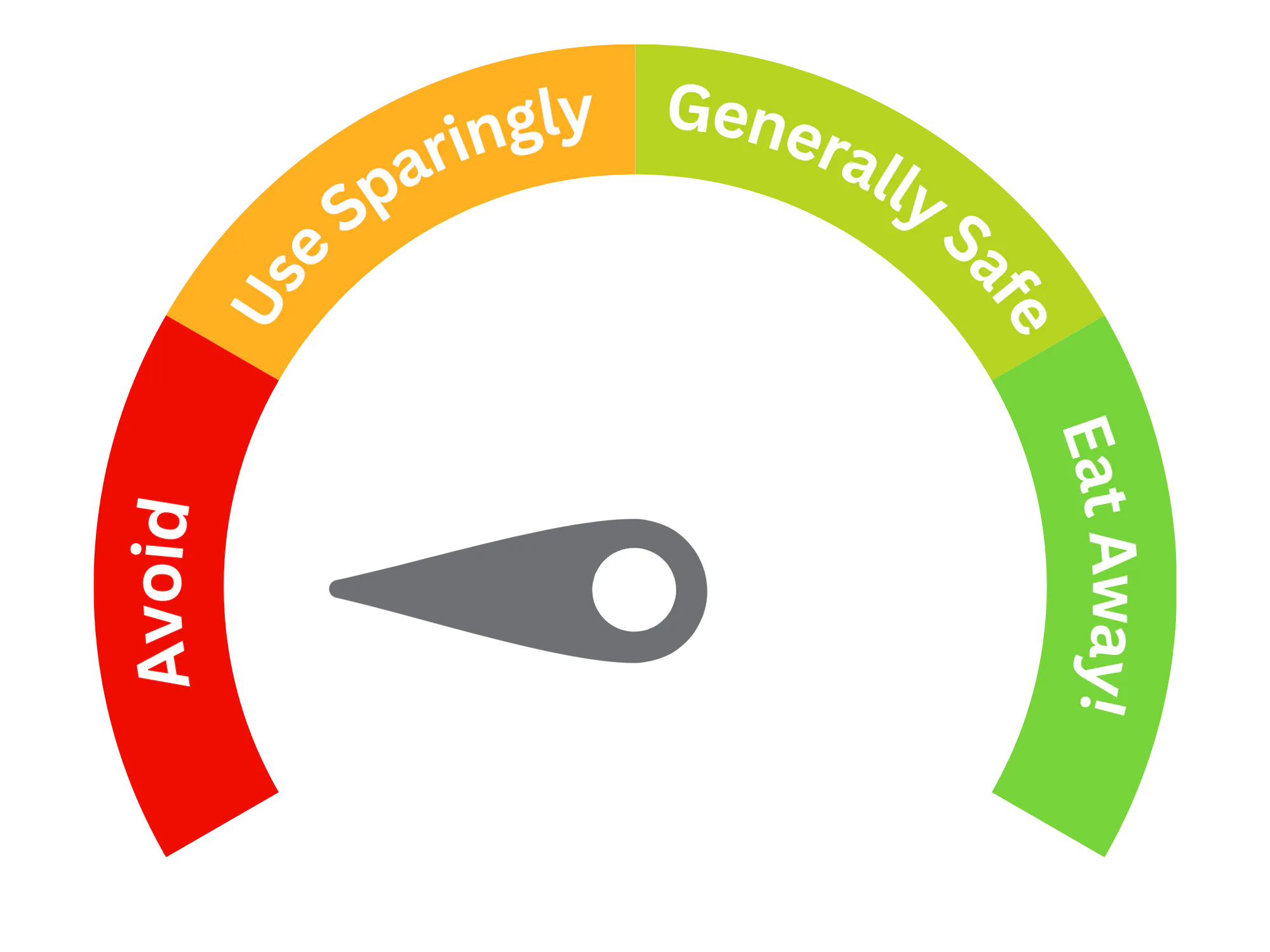Sodium Dehydroacetate (E266)
| Type of additive (Glossary) | Preservatives |
| E Number | E266 |
| Chemical Formula | C8H7NaO4 |

Purpose and Function
Sodium Dehydroacetate (E266) is used as a preservative in the food industry due to its antimicrobial properties, which help inhibit the growth of bacteria, mold, and yeast. It extends the shelf life of certain products, especially in environments where microbial growth is a concern. Common applications include:
- Processed foods: Used in some processed products to prevent spoilage and extend shelf life.
- Beverages: Can be found in some drinks to inhibit the growth of microorganisms.
- Cosmetics and personal care products: More commonly used in non-food applications, such as creams and lotions, as a preservative.
Although Sodium Dehydroacetate (E266) has preservative properties, its use in food products is limited due to regulatory concerns.
Potential Risks and Side Effects
Sodium Dehydroacetate (E266) has certain safety considerations that limit its use:
- Toxicity concerns: In high concentrations, Sodium Dehydroacetate can be toxic, which restricts its application in food products. Regulatory authorities have set strict guidelines to ensure that any use in food remains at safe levels.
- Irritation: May cause irritation if exposed to the skin or eyes in its concentrated form. It is more frequently used in cosmetic products where it is applied externally.
- Regulatory status: The use of E266 as a food preservative is restricted or prohibited in many regions due to safety concerns. It is more often approved for use in non-food applications.
Given these potential risks, Sodium Dehydroacetate (E266) is not a commonly used food preservative and is subject to strict regulatory oversight.
